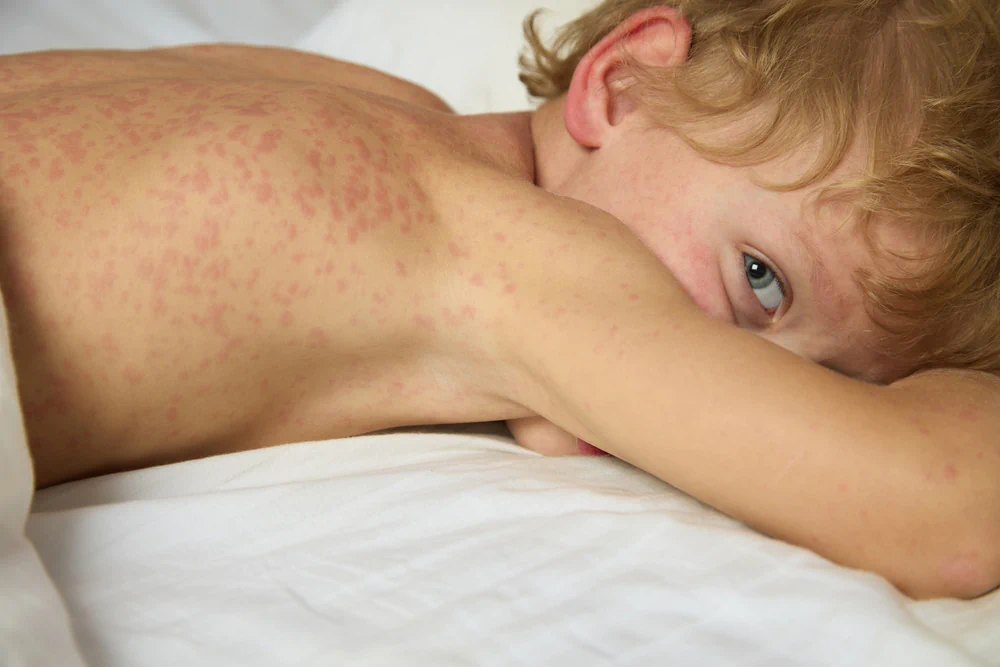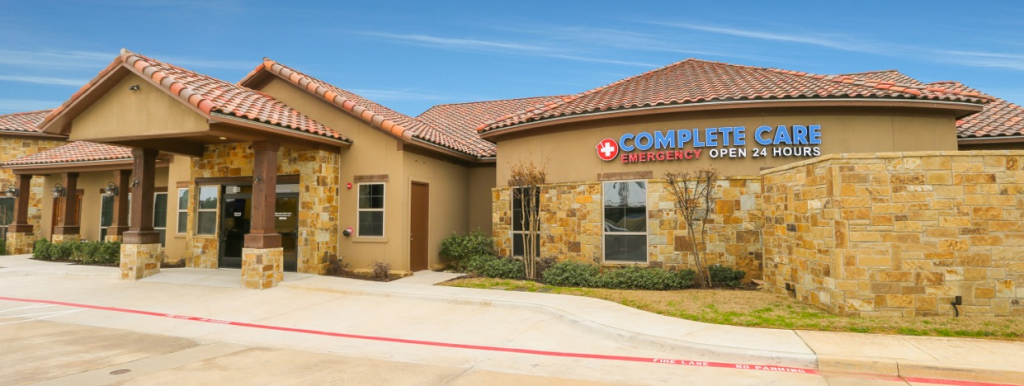When Does RSV Rash Appear?
Children's Health
•
Nov 6, 2024

As a parent, few things are more distressing than seeing your child ill. Respiratory Syncytial Virus (RSV) can be particularly worrying, as it often affects infants and young children more severely. While RSV typically causes cold-like symptoms, some parents may notice a rash, leading to additional concern and confusion.
When does RSV rash appear? The appearance of a rash in RSV cases is not as common as other symptoms, and when it does occur, it usually shows up 3-5 days after the onset of other symptoms. However, it’s important to note that not all children with RSV will develop a rash.
In this article, we’ll explain the details of RSV rashes — when they typically appear, what they look like, and what they might mean for your child’s condition.
Does RSV cause a rash?
While RSV is mostly known for causing respiratory symptoms, it can occasionally lead to a rash in some patients — although it is not a typical or defining symptom of RSV infection.
RSV primarily causes symptoms similar to a common cold or bronchitis, including
- Coughing
- Wheezing
- Fever
- Difficulty breathing
Unlike viruses such as roseola infantum virus, which is known for causing a distinctive rash, RSV does not consistently produce skin rashes.
When a rash does occur with RSV, it’s usually mild and appears as flat or slightly raised red spots on the chest, back, or face. This type of rash, often referred to as a viral rash, is a general immune response to viral infections and is not specific to RSV. Basically, a rash could form as a sign that your or your child’s body is fighting off any virus. Again, not every case of RSV will include a blotchy red rash, but if it does, it’s not something to be overly worried about.
Learn more: What makes colds worse?
When does a rash appear with RSV?
The timing of rash appearance in RSV infections can vary, but it typically follows a specific pattern:
- Initial symptoms (Days 1-2): RSV usually begins with cold-like symptoms such as runny nose, cough, and mild fever. During this initial phase, a rash is rarely present.
- Rash appears (Days 3-5): If a rash develops, it most commonly appears 3-5 days after the initial symptoms begin. This coincides with the period when respiratory symptoms often worsen.
It’s important to note that when a rash does occur, its timing can vary slightly from the typical 3-5 day window, usually lasting for a few days to a week before fading as other symptoms improve.
If a rash appears early in the illness (within the first 1-2 days) or much later (after 7-10 days), it might be due to other causes rather than being directly related to RSV. In the case of a late-appearing rash, it could indicate a secondary infection or reaction.
Given these variations, it’s always advisable to consult a healthcare provider about RSV symptoms and treatments or for generic winter health tips to help keep you and your family healthy year-round.
RSV virus and rash FAQs
What does a viral body rash look like?
A viral body rash, including those occasionally associated with RSV, typically appears as small, red, or pink spots that can be flat or slightly raised on the skin. These rashes often start on the face, chest, or back and may spread to the arms and legs, usually feeling smooth to the touch and not causing much itching or pain.
While the appearance can vary depending on the specific virus, most viral rashes have a uniform pattern or clusters of spots, and they may blanch (temporarily fade) when pressed.
Does a rash mean the end of a virus?
For some viral infections, like roseola, a rash often appears as the fever breaks and the illness is resolving. However, in many cases, including RSV, a rash can occur at various stages of the infection and doesn’t necessarily signal its end. The timing and significance of a rash can vary greatly depending on the specific virus and individual immune response.
It’s important to note that for RSV in particular, a rash is not a typical end-stage symptom and doesn’t reliably indicate the virus is clearing.
What does RSV in adults look like?
RSV in adults typically presents as a common cold, with symptoms like runny nose, cough, sore throat, and mild fever. While RSV rash in adults is uncommon, some may develop a mild, non-itchy rash on the chest or face similar to that seen in children.
However, adults with RSV are more likely to experience respiratory symptoms rather than skin manifestations, and severe cases can lead to bronchitis or pneumonia, especially in older adults or those with compromised immune systems.
How serious is RSV?
For most healthy adults and older children, RSV causes cold-like symptoms that resolve on their own. However, it can be particularly serious for infants, young children, older adults, and those with weakened immune systems or chronic health conditions.
In severe cases, RSV can lead to bronchiolitis or pneumonia, potentially requiring hospitalization. The seriousness of RSV is reflected in the surge of ER visits during the holiday season when RSV cases often peak.
Parents should keep an eye out for warning signs such as:
- Difficulty breathing
- Severe coughing
- Signs of dehydration
- Bluish tint to the mouth or fingernails
While most RSV cases can be managed at home, do not underestimate its potential severity, particularly for high-risk groups. If you notice any of the symptoms listed above, seek medical care as soon as possible.
Worried about RSV symptoms? Complete Care freestanding ER has you covered.
While RSV primarily affects the respiratory system, for those wondering, “When does RSV rash appear?”, it typically emerges 3-5 days after initial symptoms. However, you should monitor breathing and seek prompt medical care if you have any concerns, particularly during peak seasons when RSV-related ER visits surge.
When it comes to RSV and other urgent medical needs, Complete Care is your trusted healthcare partner across Texas and Colorado. With state-of-the-art facilities in Austin, Corpus Christi, Dallas/Fort Worth, East Texas, Lubbock, San Antonio, and Colorado Springs, we offer expert care without the long wait times of traditional emergency rooms.
Our board-certified physicians and experienced medical staff are equipped to handle RSV cases in patients of all ages, from infants to adults. We provide comprehensive diagnostics, treatment, and follow-up care, ensuring your family receives the attention they deserve.
When you need complete care, Complete Care is here for you. Take note of which Complete Care location is closest to you so you know where to go for prompt, quality care.
More Helpful Articles by Complete Care:
- Mono Throat vs. Strep Throat: What’s the Difference?
- What is a Viral URI?
- How to Find the Nearest Emergency Room
- Extreme Dehydration Symptoms
- When to Go to the ER: A Comprehensive Guide
